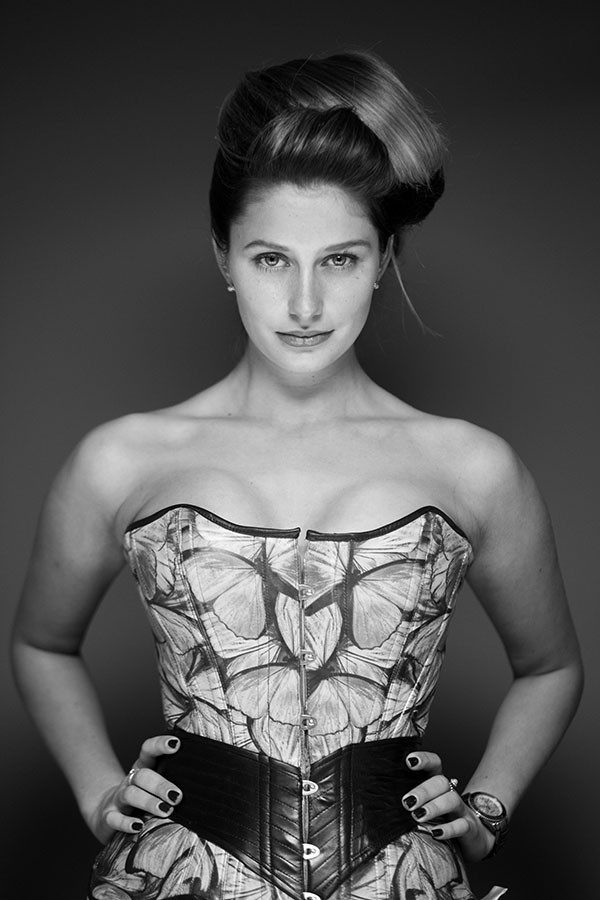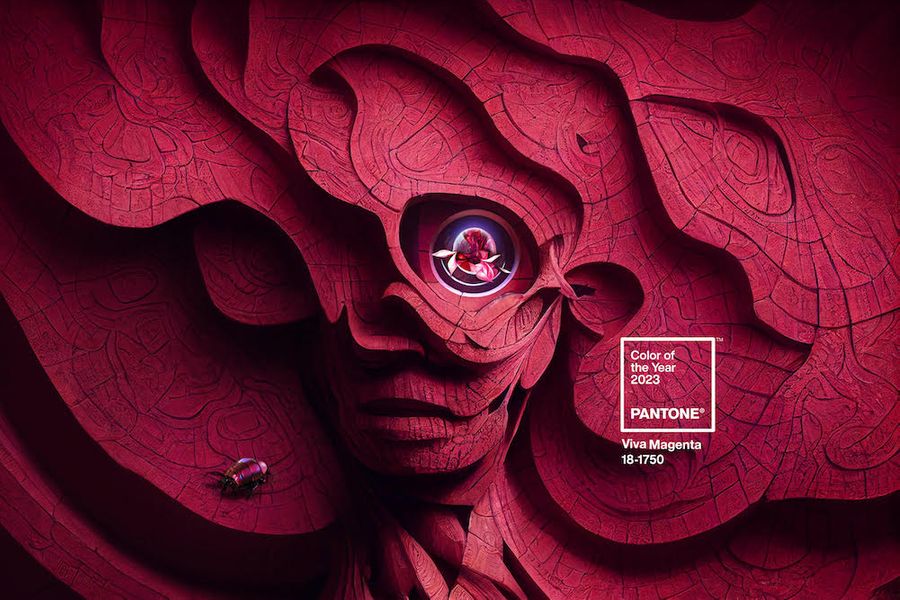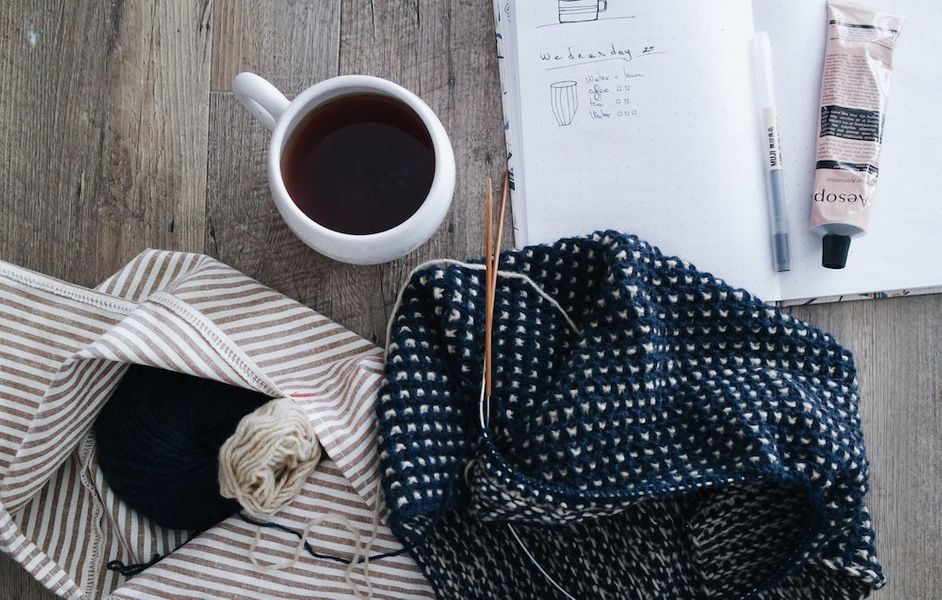What kind of corset wearer would you be, regal and elegant or raunchily irresistible? And did you know you can hand make your very own bespoke item? With a long and varied history, the role of corsets has evolved in the public imagination, from a signifier of restraint and modesty at one end of the scale, to licentiousness and eroticism at the other, with many things in between. One single garment that "encapsulates the history of women’s dress — of restriction and emancipation" (NY times) - a potentially empowering symbol to reclaim.
We spoke to experienced corset maker and tutor Lisa Keating of Bespoke Bridal about the enduring fascination with corsetry and learning to make your own perfectly fitting garment.
Who comes on your corset making courses and what are the most common motivations?
People travel from all over the UK to come and learn the art of corset making, and I’ve had students from as young as 15 and up to 70 and more. They seem to love the idea of learning the skills required… corsets require very accurate sewing techniques, so it’s a fascinating creative challenge!
Has there always been a market for corsets or are they being “rediscovered”?
I think there has always been a market for corsets due to public interest in all sorts of cultural movements, such as period dramas, costumes, steam punk, erotica and also because it’s a manageable item to make. Corset making is very addictive and I have noticed a definite increase in interest over the last 10 years, perhaps as we re-discover an interest in handmaking high quality garments.
Can you tell us more about the different types of corsets and material options too. Do they come in different styles for different effects?!
All the corsets made at my workshops are created with a base of cotton coutil which is a stable fabric used for strength, structure and longevity. The finished styles, however, vary hugely. Different styles I cover are Victorian, Elizabethan, cupped corsets and a masterclass in fine leather corsetry.




In terms of managing your body shape, what are the main differences between a traditional corset and the sort of shapewear item you can buy in department stores?
Quality and longevity! I only create steel boned corsets with steel busk closures and eyelets. The corsets sold as shapewear and lingerie promise only to smooth the silhouette. Steel boned corsets provide back support as well as a rediscovered waistline and they last so much longer. A nylon boned piece of shapewear will only suffice a day of contour and will not last more than a season.
How do they feel to wear and are they comfortable? (there’s an enduring image of fainting and smelling salts – is that just a cliché?!)
Real corsets support the back and are comfortable on the waistline as long as they are made to measure. They do not have to be worn to excess and tightly laced for effect. Personally, I am 54 and a size 16/18 and wear them beneath and over my clothes. I love the back support and how the corset defines my waistline. It makes me feel very feminine but also I do not wear it fully tightened. They can also be loosened at any time as desired, so yes, a corset can definitely be comfortable to wear.
What’s the best thing about wearing a corset?
They are so incredibly versatile. A corset can be worn as the ultimate belt, or as lingerie or shapewear, or for striking and beautiful evening wear. They are a blank canvas in terms of fabric, colour and decoration and can be embellished with embroidery or ribbon flowers for example.
I love teaching the subject and running workshops to share my many skills and subject knowledge.
Find details of Lisa’s Bristol-based corset workshops here.




